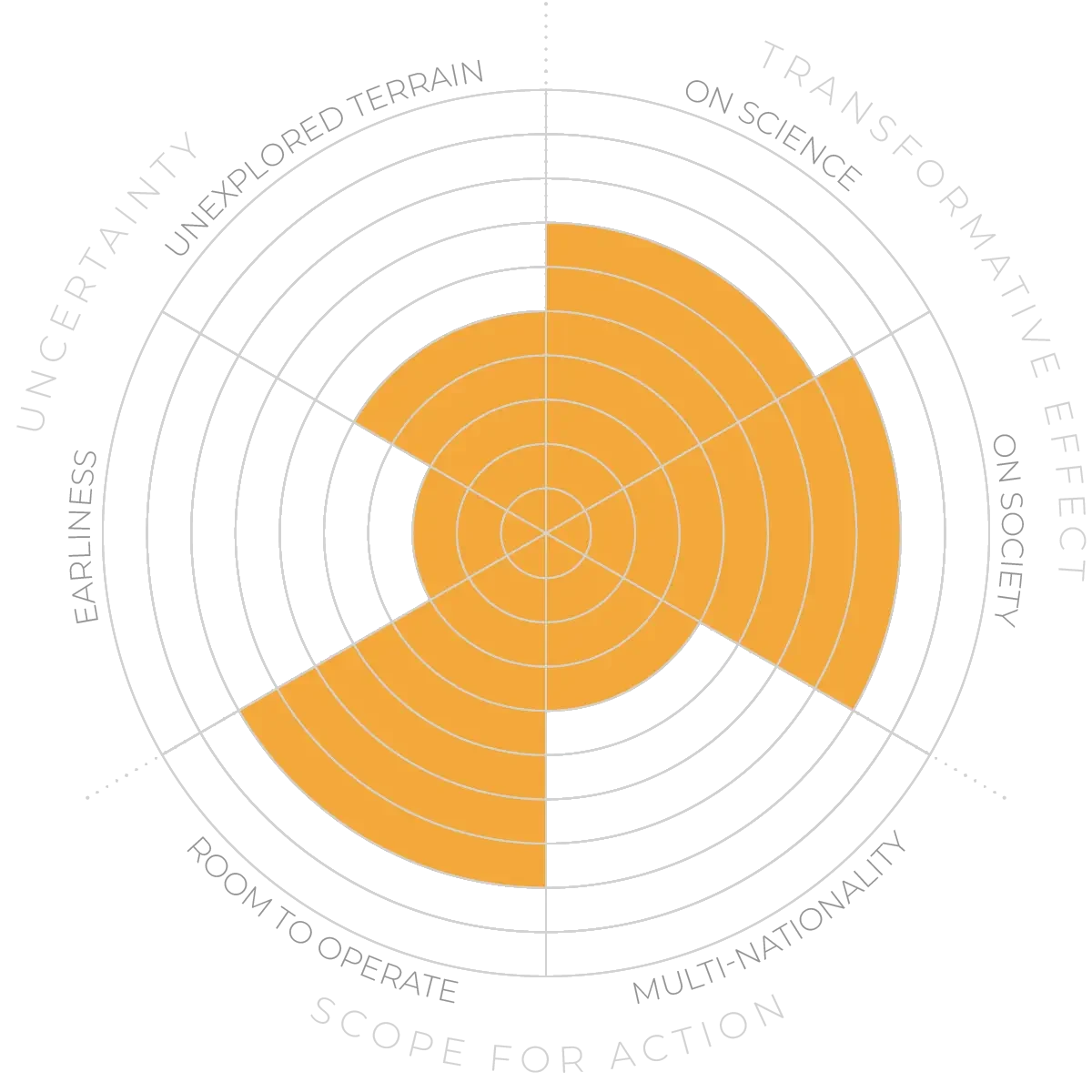5-yearhorizon
Useful datasets expand
The datasets available for analysis continue to expand — including increases in resolution (more precise records) and types of data (such as biometric data). This will require cooperation between data collectors and researchers, along with codes of conduct to ensure appropriate ethical and commercial oversight.



